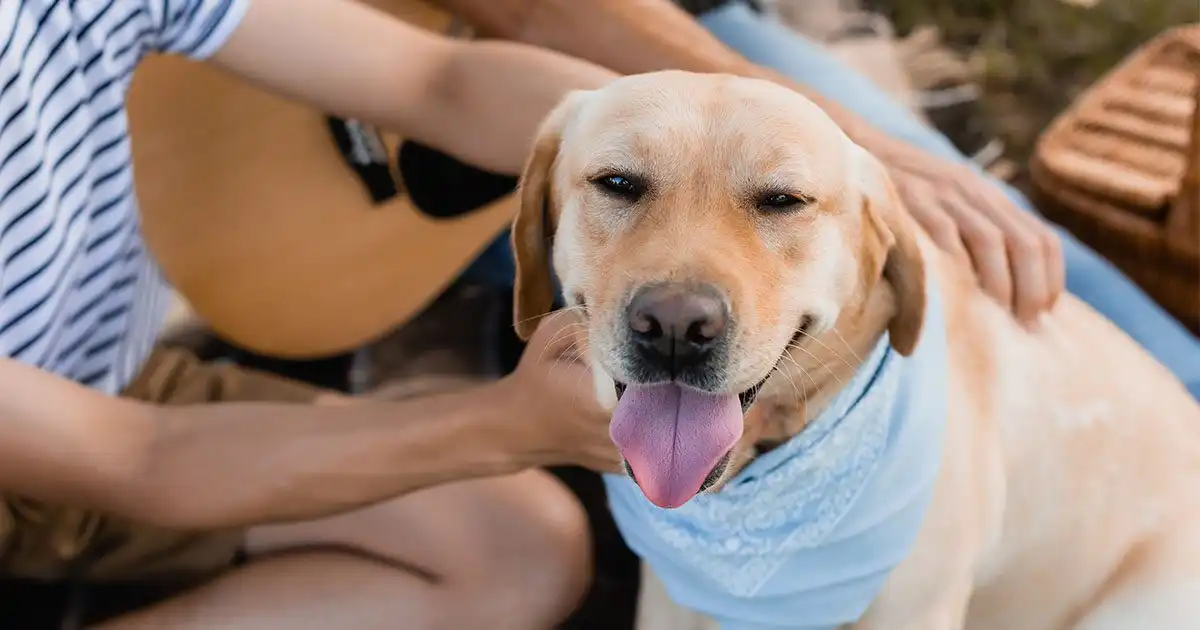Design professionals face a complex landscape where ethics and emotions intersect. Handling pet remains, often overlooked in design ethics discussions, presents unique challenges. Designers must navigate ethical standards while acknowledging profound pet loss grief with care.
This discussion delves into the ethics, grief support, and sustainability in pet remains handling. It sheds light on the intricacies and offers insights for designers to honor ethics and emotional well-being.
Key Takeaways
- Treat pet remains with dignity and respect, using humane and transparent methods.
- Provide grief support for pet owners, acknowledging their feelings and offering sustainable options like aquamation and natural burial.
- Design ethical pet memorials that offer personalization options, use sustainable materials, and enhance accessibility for all pet owners.
- Honor pet legacies responsibly by creating tangible reminders of love, promoting ethical practices, and preserving memories with dignity and respect.
Ethical Considerations in Pet Remains Handling
Exploring ethical pet remains handling involves navigating the delicate balance between honoring the memory of beloved animal companions and upholding ethical considerations in the treatment and disposal of their remains. When it comes to ethical considerations in pet remains handling, it is crucial to approach the process with the utmost care and respect. Pet owners often view their animals as cherished family members, and the handling of their remains should reflect this sentiment.
One key ethical consideration is ensuring that the remains are treated with dignity throughout the entire process. This includes using respectful and humane methods for handling and disposing of the remains. Additionally, transparency and clear communication with pet owners regarding the handling of their pet’s remains are essential for building trust and maintaining ethical standards.
Moreover, environmental considerations play a significant role in ethical pet remains handling. Choosing eco-friendly options for pet remains disposal, such as biodegradable urns or natural burial grounds, aligns with ethical principles of sustainability and stewardship of the environment. By incorporating these ethical considerations into pet remains handling practices, we can honor the bond between pets and their owners while upholding ethical standards in the treatment of their remains.
Grief Support for Pet Owners
Supporting pet owners through the grieving process is a crucial aspect of ethical pet remains handling, providing comfort and understanding during a difficult time. The loss of a beloved pet can evoke intense emotions, and having appropriate grief support can make a significant difference in helping individuals navigate their feelings of loss. Pet owners often form deep emotional bonds with their animal companions, and the grieving process can be as complex and profound as losing a human loved one.
Effective grief support for pet owners involves acknowledging the significance of the bond they shared with their pet, validating their feelings of grief, and providing a safe space for them to express their emotions. This support can come in various forms, including counseling services, support groups, online forums, or resources that offer guidance on coping with pet loss. By offering compassionate and understanding support tailored to the unique needs of pet owners, ethical pet remains handlers can play a vital role in helping individuals honor and process their grief in a healthy and healing manner.
Sustainable Options for Pet Remains
When considering ethical pet remains handling, exploring sustainable options for pet remains disposal is a crucial aspect to minimize environmental impact and promote eco-friendly practices. In recent years, there has been a growing awareness of the environmental implications of traditional pet remains handling methods such as burial in cemeteries or cremation. These methods can contribute to deforestation, greenhouse gas emissions, and groundwater pollution. As a result, pet owners and professionals in the industry are increasingly seeking sustainable alternatives.
One sustainable option gaining popularity is aquamation, also known as alkaline hydrolysis. This process uses water, heat, and alkaline chemicals to break down the pet’s remains, leaving behind only bone fragments. Aquamation is considered more environmentally friendly than traditional cremation, as it requires less energy and does not release harmful gases into the atmosphere.
Another eco-friendly choice is natural or green burial. This involves burying the pet in a biodegradable casket or a shroud, allowing the body to decompose naturally and return to the earth. Green burials help preserve natural habitats, reduce carbon emissions, and support ecosystem health.

Designing Ethical Pet Memorials
In the realm of ethical pet remains handling, the thoughtful design of pet memorials plays a crucial role in honoring the memories of beloved animal companions. When designing ethical pet memorials, it is essential to consider various aspects to ensure they serve as fitting tributes to our cherished pets:
- Personalization: Offering options for personalization allows pet owners to create a memorial that truly reflects the unique bond they shared with their animal companion.
- Sustainability: Opting for eco-friendly materials and practices in memorial design can help reduce the environmental impact of pet memorials.
- Inclusivity: Designing memorials that cater to a diverse range of pet owners, including those with different cultural backgrounds or beliefs, fosters a sense of inclusivity and respect.
- Durability: Creating memorials that are durable ensures that the tribute remains intact and meaningful for years to come.
- Accessibility: Ensuring that pet memorials are accessible to a wide range of pet owners, regardless of their financial means, ensures that everyone can honor their pets in a meaningful way.
Honoring Pet Legacies Responsibly
The design of ethical pet memorials not only serves as a tribute to cherished animal companions but also sets the foundation for honoring their legacies responsibly. When creating these memorials, it is crucial to consider the impact they will have on pet owners and society as a whole. By honoring pet legacies responsibly, designers can help individuals navigate the grieving process while also promoting ethical practices in handling pet remains.
Ethical pet memorials serve as tangible reminders of the love and bond shared between pets and their owners. These memorials can take various forms, such as personalized urns, commemorative plaques, or even dedicated garden spaces. Each design choice should reflect the unique personality and significance of the pet, ensuring that their memory is preserved with dignity and respect.
Furthermore, responsible handling of pet remains involves transparency about the procedures involved and adherence to ethical standards. Designers play a crucial role in guiding pet owners towards sustainable and ethical options for memorializing their beloved companions. By approaching this task with empathy and sensitivity, designers can help pet owners navigate their grief journey while upholding the values of respect and compassion for both the pets and the environment.
Professional Guidelines for Pet Remains Handling
Guidelines for handling pet remains professionally encompass a range of ethical considerations and practical protocols, ensuring the utmost respect and care for beloved animal companions. When dealing with the delicate matter of pet remains, it is essential to follow established guidelines to provide comfort and support to grieving pet owners.
- Clear Communication: Maintain open and honest communication with pet owners regarding the handling of their pet’s remains.
- Privacy and Confidentiality: Respect the privacy of pet owners and handle all information with the utmost confidentiality.
- Compassionate Approach: Show empathy and compassion towards pet owners during this emotional time.
- Proper Documentation: Ensure all handling procedures are documented accurately and securely.
- Continuous Training: Stay updated with the latest practices and techniques in pet remains handling to provide the best possible service.
Frequently Asked Questions
How Can Designers Ensure That the Handling of Pet Remains Is Done in an Ethical Manner?
Designers ensure ethical pet remains handling by prioritizing transparency, offering personalized options, and respecting cultural beliefs. By fostering open communication, providing tailored services, and honoring diverse customs, designers can navigate this sensitive process with empathy and integrity.
What Are Some Unique Ways to Support Pet Owners Through the Grieving Process?
Supporting pet owners through the grieving process can involve creating personalized memorial items, offering grief counseling services, providing resources for pet loss support groups, organizing commemorative events, and facilitating meaningful rituals to honor the pet’s memory and help with the healing journey.
Are There Sustainable Options Available for Handling Pet Remains?
Sustainable options for handling pet remains include biodegradable urns, tree pod burials, or aquamation. These environmentally conscious choices offer pet owners meaningful ways to honor their beloved companions while reducing their ecological impact, providing comfort during a difficult time.
How Can Designers Create Ethical and Meaningful Memorials for Pets?
Designers can craft ethical and poignant pet memorials by integrating sustainable materials, personalized elements, and eco-conscious practices. Prioritizing pet owners’ emotional needs while respecting environmental concerns ensures meaningful and lasting tributes.
What Are Some Ways to Honor a Pet’s Legacy Responsibly After They Have Passed Away?
Honoring a pet’s legacy responsibly post their passing involves options like eco-friendly burial or cremation, creating customized memorials, planting trees in their memory, or donating to animal welfare causes. These gestures ensure a lasting tribute to cherished companions.
Conclusion
In conclusion, navigating the intersection of grief and ethical pet remains handling presents a complex challenge for designers in the industry. By prioritizing ethical considerations, providing grief support for pet owners, exploring sustainable options, designing meaningful memorials, and following professional guidelines, designers can honor pet legacies responsibly.
It is crucial for professionals to approach pet remains handling with compassion and integrity, ensuring that they uphold their values while supporting those who are mourning the loss of a beloved pet.
You may also like to read:
Basics of Residential Designer Window Installation

